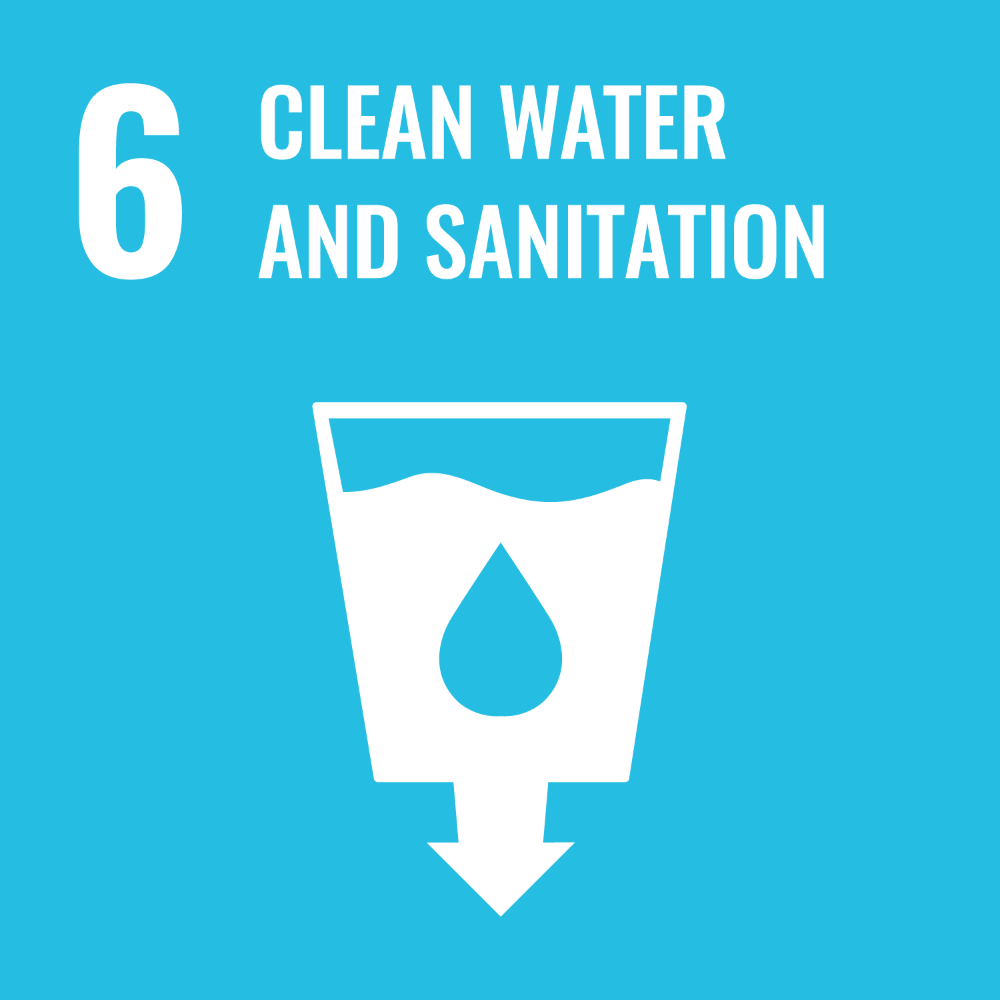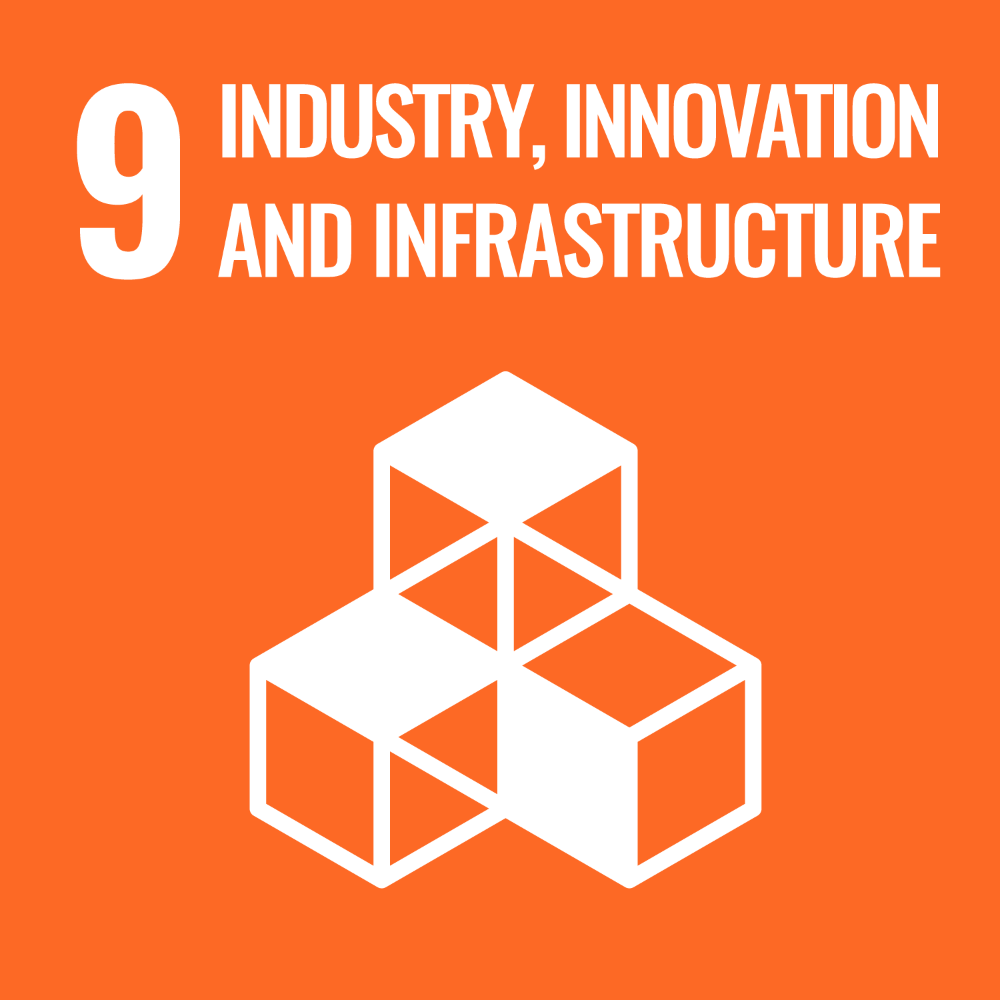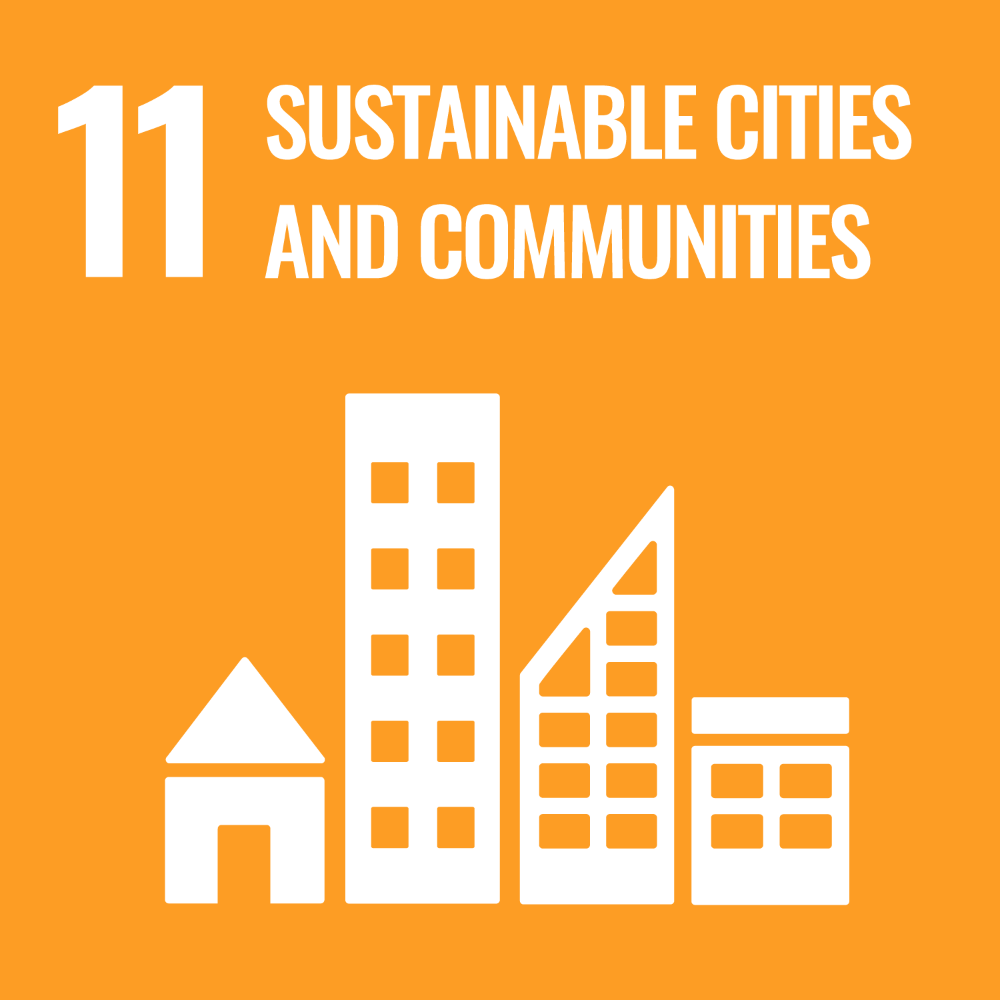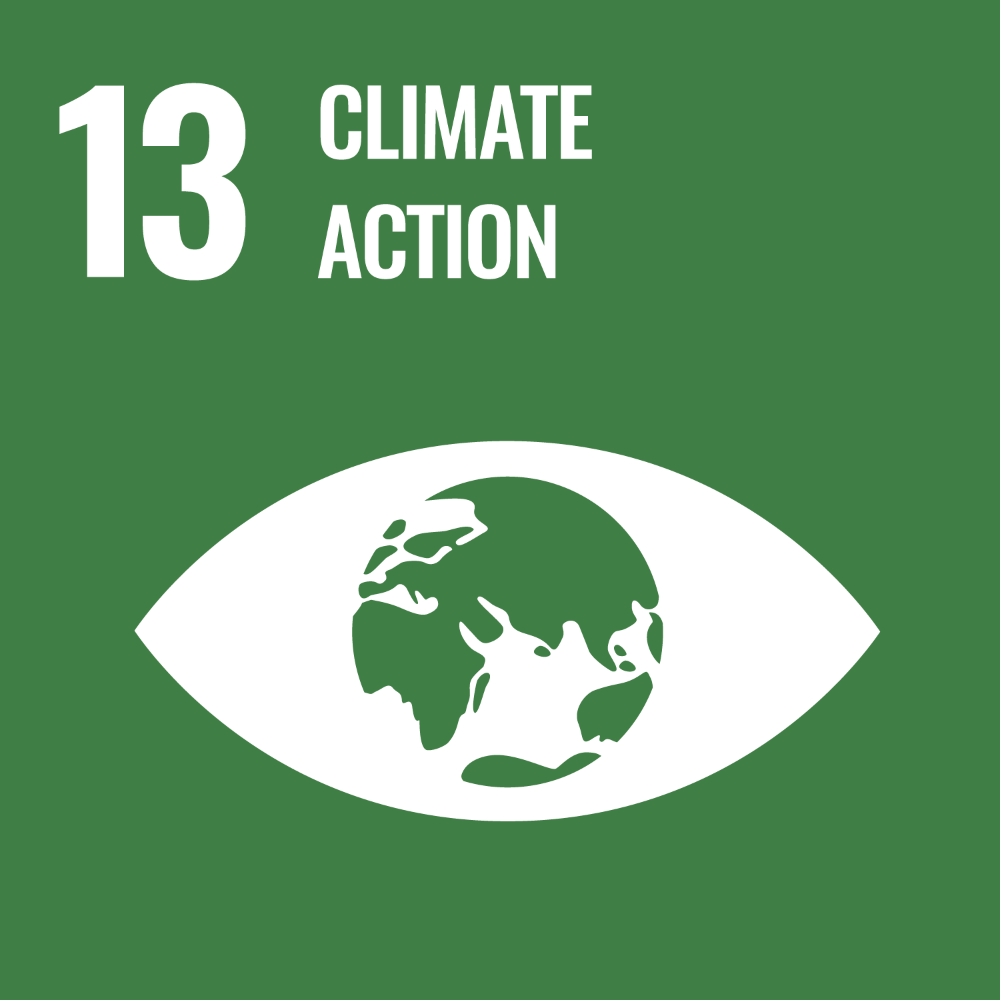What will I learn - Geotechnics and Geohazards (Master's Programme)
What will you learn?

A proud tradition at NTNU
Geotechnical engineering at NTNU has a long and proud history. Over time, the program has grown into a world-class center, led by pioneers who shaped the field. Experts like Nilmar Janbu made groundbreaking contribution — such as the widely used Janbu method for slope stability.
Practical experience and digital tools
The Master’s in Geotechnics and Geohazards combines theory with hands-on experience and modern digital tools. You will take part in real field investigations, run on-site tests, and work in the lab with advanced testing machines.
Industry-relevant digital skills
You’ll also gain experience with digital tools used in the industry. This includes:
- Making calculations for load capacity, earth pressure, and safety
- Creating numerical models to simulate slopes, structures, and construction work
- Using programming languages like Python and engineering software
Preparing for real-world challenges
This mix of practical and digital skills prepares you for real-world challenges and the industry’s digital shift. Graduates with this background are in high demand.
An interdisciplinary field
Geotechnics is interdisciplinary. You’ll build knowledge across several areas, including:
- Soil mechanics
- Hydrogeology
- Geology
- Risk analysis
- Numerical analysis
- Construction
- Structural engineering
Strong demand for skilled graduates
Graduates with geotechnical and digital skills are in high demand.
The Master's Degree Programme in Geotechnics and Geohazards is closely related to the Civil and Environmental Engineering programme, but it offers an even greater opportunity for specialization within Geotechnics and Geohazards.
UN Sustainable development goals
Did you know that geotechnical engineers are essential for having sustainable communities? By studying Geotechnics and Geohazards you can learn how tunnels, buildings, sewer systems and other infrastructures can avoid destruction when natural catastrophes hits.
 |
 |
 |
 |
- 6 Clean water and sanitation: in relation to water reservoir and pipes in the ground.
- 7 Affordable and clean energy: in relation to hydropower, wind power and geothermal energy.
- 9 Industry, innovation and infrastructure and 11 Sustainable cities and communities: in relation to building sustainable infrastructure - everything is built or partial in the ground and oftentimes of geotechnical materials (roads and subway).
- 13 Climate action: in relation to reducing the CO2 emission from all building activities. One important element for the geotechnical engineers in Norway is the stabilization of clay without great use of lime and cement.
Learning outcomes
Learning outcomes
Learning outcome
Knowledge
- Broad basic knowledge in Mathematics, Science, Technology and Computer Science as a basis for understanding methods, applications, professional renewal and adaptations
- Broad engineering- and research-based knowledge in Geotechnics and Geohazards, with in-depth knowledge within a more limited area connected to active research, including sufficient professional insight to make use of new research results
- Insight in selected social science, humanistic, and other non-technical disciplines of relevance to the exercise of the engineering profession, and as a basis for developing a broad perspective on the engineering discipline's role and challenges in the society
Skills
- Define, model and break down complex engineering problems, including choosing relevant models and methods, and carrying out calculations and solutions independently and critically
- Develop comprehensive solutions to engineering problems, including the ability to develop solutions in an inter-disciplinary context, and carry out an independent, particular engineering research and development project under academic supervision
- Be able to renew and adapt professionally, including develop professional competence on his/her own initiative
General competencies
- Understand the role of engineer in a comprehensive societal perspective, have insight in ethical requirements and consideration of sustainable development, and be able to analyse ethical problems connected to engineering work, and contribute to innovation and entrepreneurship
- Ability to disseminate, communicate and cooperate inter-disciplinary on engineering problems and solutions to specialists and the general public
- Understand possibilities and limitations when using information and communication technology, including juridical and societal aspects
- Ability to lead and motivate co-workers, including having an international perspective on his/her profession, and develop ability to international orientation and collaboration
